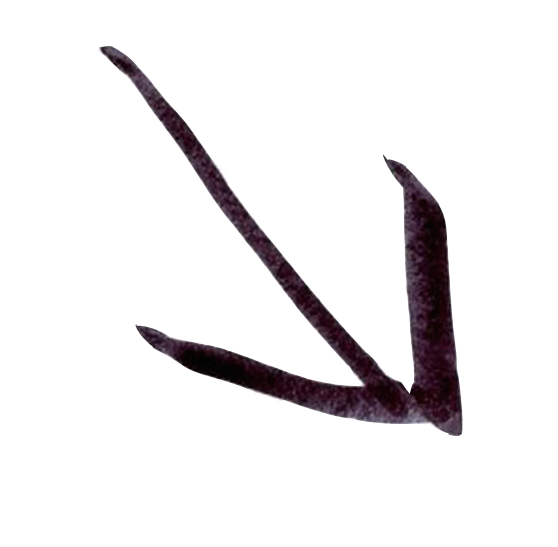Com-panionem
Com = With
Panis = Bread
Sharing bread together
=
Breadfellows
Companions are vessels made to be used to share conversation and food
These clay vessels are companions
Workshop at TENT
with Anni Puolakka
*click*
Mezze Plates with Liorah Hoek
Broken Plate with Sjoerd Westbroek Tutorial
"Curated Bite" bowl
2 compartment Whiskey Cup with Tracy Hannah
Oven Dish with Vasiliki Sifostratoudaki
This page maps a methodology for developing gallery based educational projects as part of my Master in Education in the Arts.
Acknowledging that exhibition-making is often just a moment of intervention at a point in a practice,I propose that an education project could be open-ended. My project devises ways to facilitate co-constructive* dialogue and production between an artist and the public at the point of exhibition which could redirect the trajectory of a work.
*knowledge is co-constructed between learners in interaction with and within a social environment.
What makes the texture of visual art thinking quite its own, its difference? What is its distinctive thrust in contrast to other disciplines at the more academic end of the spectrum… Does it spawn “other” kinds of knowledge they cannot... What I am trying to finger eventuates not so much in the well-trodden terrain of the academic disciplines or in the so-called gaps, chinks and cracks between them... It is distinct from the circuits of know-how that run on clearly spelled out methodological steel tracks. It is the rather unpredictable surge and ebb of potentialities and propensities
- the flux of no-how... No-how embodies indeterminacy.
- Sarah Maharaj 2009
Tea cup companion made
with Anni
Puolakka
Game Plate
with Raluca Croitoru
Thinking through forms -
visual research and prototypes
for companions
*click*
Companions
I met with many artists for Breadfellows’ Chats, this page documents these conversations. During these conversations the artists and I produced companions together. They are vessels, made to be used to share a meal. They are doubled: for example, a cup that two people could drink from, or a bowl with two straws and two spaces for two spoons. When they are glazed and fired the companions are functional.
I wanted to produce an object that could befriend through conversation - bring a physicality to the exchange, draw attention to the body, to the mouth and to the proximity and compromise required to eat together. It would therefore mimic the compromise required to understand one another and share thoughts in dialogue. Clay also holds within it traces of touch, of skin, hair and saliva - bodily intimacy.
During these meetings we talked through their practice and considered how we might devise co-constructive workshops with the public that could be resonant with their practice and extend it at the point of exhibition into a moment of co-constructive production.
home
Fondue Calquelon
with Simon Kentegens
The questions in education in general, and in art education in particular, the questions that we have not yet begun to deal with are not those of specifying what we need to know and how we need to know it... I would like to pursue a set of alternate emergent terms that operate in the name of ‘not-yet-known-knowledge’. Terms such as potentiality, actualisation, access and contemporanaeity,... a pedagogy at peace with its partiality.
-Irit Rogoff 2010
While groping to define, provisionally and partly, what a particular concept may mean, we gain insight into what it can do. It is in the groping that the valuable work lies.
- Mieke Bal 2002
The Breadfellows' Chats
What if “conversation is understood not as the space of seeing, but of coming to terms with certain forms of blindness?... What drives the reticence for conversation is the acknowledgement of non-knowledge rather than recognition… If, as an art, conversation is the creation of worlds, we could say that to choose to have a conversation with someone is to admit them into the field where worlds are constructed. And this runs the risk of redefining not only the other but us as well”
- Monika Szewczyk 2009
This focus on blindness, on reticence and non-knowledge and the inherent risk in “redefining not only the other but us as well,” is what is at stake in positioning dialogue around the artist’s practice at the center of a contemporary gallery based education programme. This is the nebulous place where the potential to activate the gallery as a site of co-constructive learning lies.

Master thesis:
Mapping Groping
How can artists’ practice become central to gallery based education programmes at the point of exhibition?
—What institutional support is
needed for this to happen?
— How could a freelance agent intervene in this?
*click*
Appendix
-Research Links
-Transcripts
+
other things
*click*
Recording from Two Yeahs Radio
Broadcast from the Piet Zwart Institute
This text is an extended version of my thesis introduction for my Master in Education in the Arts at the Piet Zwart Institute
setting the scene for making some decisions.
*click*
"At the point of encounter there are neither utter ignoramuses nor perfect sages; there are only people who are attempting, together, to learn more than they now know."
- Paulo Freire 1970
Regional Arts in Education Portal presentation